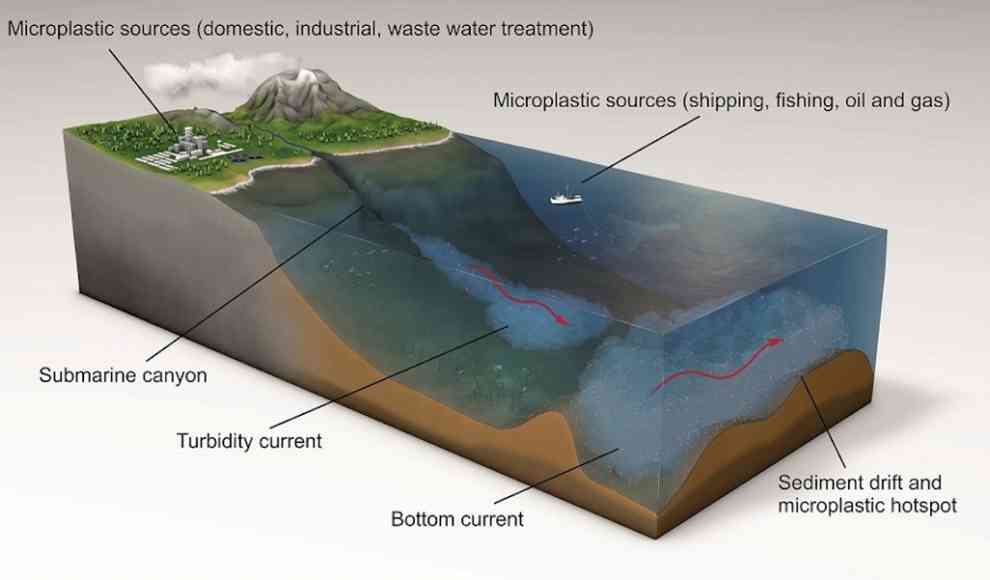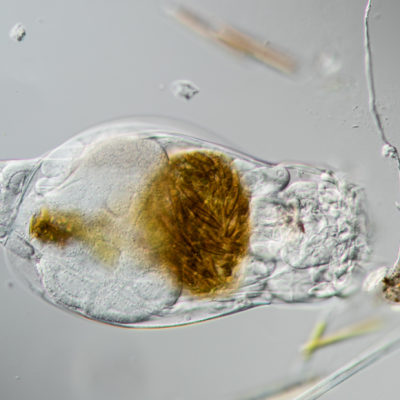Scientists have discovered a new record accumulation of microplastics in the Tyrrhenian Sea during a study investigating the spread of microplastics in the ocean. Microplastics, due to their lightweight, easily spread through the air and water, polluting the world’s oceans and entering the human body through food such as salt. The University of Manchester scientists studied how microplastics are distributed in the oceans, and found that the contamination is concentrated in underwater canyons and deep-sea trenches due to bottom-dwelling ocean currents. The researchers analyzed the seabed between Corsica and the Italian mainland, and found concentrations of up to 190 microplastic particles per 50 grams of seabed in particularly contaminated areas, equivalent to 1.9 million plastic particles per square meter of seabed.
The Tyrrhenian Sea is an ideal research area for the study, as the topography of the seabed and currents near the bottom are already well researched, providing basic data. The researchers expected that some regions would be more heavily contaminated with microplastics than others, but were shocked by the actual results. The concentrations found in the seabed exceeded the highest values ever found, even in deep-sea trenches, and were twice as high as those measured in underwater canyons. The microplastics were not evenly distributed in the study area, but were instead concentrated in certain areas by strong deep-sea currents. This is the first clear evidence of this process, and it means that plastic has become a new type of sediment particle that is distributed over the seabed along with sand, mud, and nutrients.
The consequences of microplastic contamination for the environment and the health of animals, plants, and humans are still unclear. Microplastics are a problem caused by washing machines’ gentle cycle, among other things. The study’s authors report that measurements near the coast show that a particularly high level of contamination of the coastal regions by humans can be ruled out as a cause. The microplastics must have accumulated in heavily polluted areas due to the flow of the ocean. The study’s findings highlight the urgent need to address the problem of microplastic pollution in the world’s oceans.










